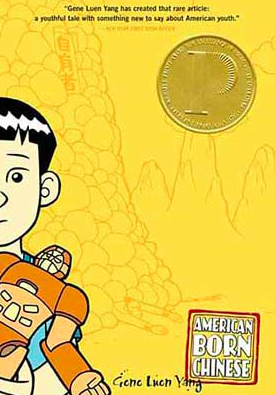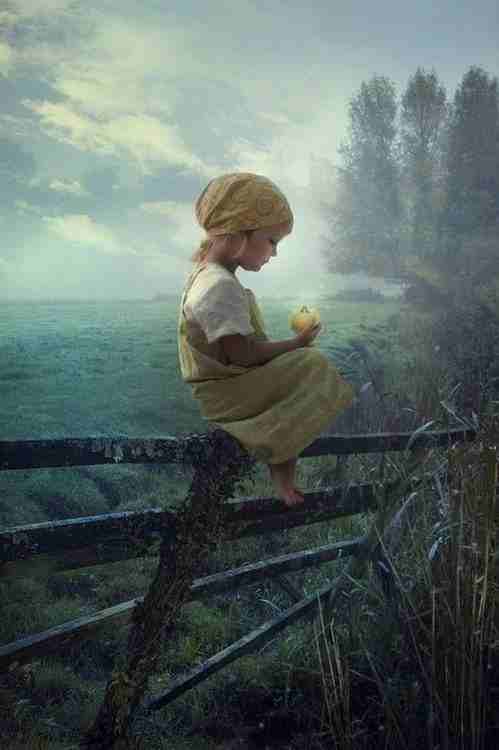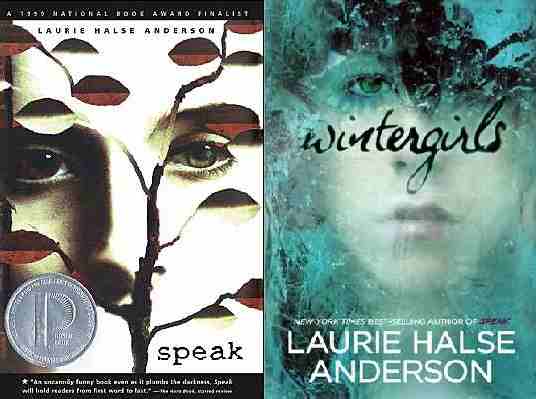
Not the end
Thank you all for an amazing semester. English 341 opened up a lot of room for discussion. Throughout the semester I have been exposed to a wide arrange of perspectives with individuals who are as passionate about their future careers as I am. The classroom environment in and of itself was a learning experience. Kim demonstrated how important this element is in teaching and how it fosters an environment for learning. This enabled us to feel comfortable about the many themes and lessons that we were presented with throughout the course. Similarly, I would love for my future students to feel the same way when they enter my classroom. Kim has provided us with many interfaces that allows our voice to be heard- as students of English 341 and future teachers. It is amazing that no matter how old we become, the need to be heard and for our ideas to be taken into account remains important. Additionally, the resources such as twitter, Goodreads, etc. that we have been presented with through this class has taught me how important it is to stay connected to people who are proactive in the field and also, how much support one can gain through them. There is so much possibility with these resources. They allow us to collaborate with other teachers, researches, and authors- a capability unique to our generation. I can not express how excited I am after seeing the responses that Kim has got from people all around the United States. Similarly, they have taught us that it is okay to collaborate while we are still in the process. Keep each other accountable, keep each other learning and inspired to do a task that isn’t fit for just any individual.
The most important thing that I have discovered through this class is how passionate I am about changing students’ perspectives on reading. In my first blog post I talk about how vastly different my perspective is on reading from that of my brothers and cousins. I realized that this is due to the different experiences that we have had with reading at school and in our homes. Despite my younger brother and I growing up in the same household, we had different teachers and different ways that our parents approached education with us.
It becomes evident the vast amount of variables that often get in the way with students fostering a love of reading. Many students grow up in low-economic households where they are responsible for much more than simply doing their homework after school. Often times parents do not invest the time to read with their child and to allow these practices to develop while they are at home. In my own tutor experiences, I have implemented a lot of what Kim has taught. Most importantly, I have allowed my students to have a choice in what they read. I work with students who are reading “below grade level” and whom must meet with a tutor twice a week to improve on this. They are expected to choose books from a bin and are only allowed to choose books from another bin once they have read all of the books from their current reading level. I took a different approach. I have learned that when you put limits on what students can read, their reading experience no longer becomes their own. By the end of the semester, my student was so inspired that she yelled, “LET ME HAVE A CHOICE WITH WHAT I READ!”
I have also learned about my own reading habits. I have always been a reader, but I learned about what books interest me, what discourages me from reading, and where I read best. Furthermore, this experience has challenged me; I chose books that I would not have ordinarily have chosen. This has taught me how to take myself out of the equation for a moment, and to think of the needs and interests of future students. This class has taught me how important it is to expose myself to many genres and authors and that it is not about you. Choosing to be a teacher is a hard decision. I will be dealing with multiple students with different experiences, home situations, and outlooks on reading- all I can ever be is prepared to meet the needs of those students despite the differences.
I am just inspired, and I thank you for that Kim. I am thankful for how much of yourself you invest in promoting these ideas. It takes a certain kind of educator to not only teach you some things, but to inspire you and prepare you for the field that you will be going in. Thank you for having ears that are open to listen and for your willingness to share your expertise. You have made me question how I want to center my education, and I think I have found a topic of research in regards to reading practices that I may want to dive into.




